MASTERCLASS
Connecting: Anytime. Anywhere.
A one-hour keynote address or a two-day workshop cannot adequately address the underlying nature of connections or explain why we connect with some things—people, locations, ideas, and ideologies—but not others.
To supplement those other offerings, James offers an immersive learning experience where he shares the secrets to building the unbreakable bonds that are good for us and breaking free from those that aren’t.
An average of 20 video lessons lasting 10 minutes each are included in each course. Cinematic images and up-close, practical demonstrations give the impression of one-on-one education, and the downloadable teacher guides support learning by reinforcing concepts and facilitating special group interactions where lessons can be discussed.
Stream anytime, anywhere, at your own pace. Learn on your own terms—in bite-size pieces or in a single binge.
Sticky Lessons
Making connections is not only essential to life, but to living. Without them nothing would exist below our feet, above our heads, inside our bodies, or within our hearts and minds. They make & possible. In this master class, James will help you build, manage, and cultivate the connections you have and the ones you want.
-
James begins by de-mystifying what is currently known about our brains and minds and the reasons we form attachments: to people, places, things, networks, organizations, ideas, beliefs, and ideologies.
-
In this lesson, James discusses the mistakes we make and the opportunities missed when we are sentimental about connections and overlook the more dominant physical benefits our brain is looking for from the bonds it forms.
-
Despite what poets and writers of love songs want us to believe, the connections we form are not in our hearts, they are in our brains and our body’s interception network. Pretty romantic, huh? In this lesson James offers a reminder that we did not come IN to this world. We came OUT of it.
-
As social creatures living in very large social groups, the “needs” of humans have expanded beyond the purely physical. Like all other life forms, we have evolved and adapted strategies the keep us alive, optimize energy, and allow us to grow and flourish. Ours simply take additional forms.
-
In this lesson, James explains the survival mechanism that motivates human behavior. Staying “alive” is our brain’s first concern, which means forming the wrong connections can be deadly for it. Sending the wrong signals will be deadly for you.
-
Most people believe staying alive is a life form”s only concern. It's not. Optimizing energy is also a primary need that evolution rewards. For humans, using less energy is a motivation for forming connections, especially relationships. Our brain wants to connect with anything that will make our life easier.
-
The evolution of life is a reward system. The better an organism can exist in a particular environment, the more it is rewarded. The ability to live gets points. The ability to optimize energy gets points. The ability to grow and flourish gets points. It is that last one - growing and flourishing- that humans translate into reproduction, yes, but also improving oneself, expanding our capacity, and augmenting our potential. It is the origin of us having a sense of purpose.
-
Connections are the things in between two others. They are what join and what causes adherence. The signals our brain receives are the connections that bond us to others, and to places, to things, and to ideas. Communication is the primary source of those signals; the things we say, the stories we tell, and the messages we share. In this lesson, James explains how our brain receives signals through communication and how they should be sent.
Stuck Lessons
For every goal and desire, there is a connection that has other ideas; something that wants us to ignore them, resist them, or cause us to fail. It seems counterintuitive until you understand how our mind works and why it prefers to hold us down or guide us back to the status quo by keeping us where we are. Before you purchase that next self-help book or attend another motivational seminar, enroll in this class and learn about the quirk in your brain that is a dream killer; preventing you from reaching your goals, living up to your full potential, and achieving your &.
-
Not all connections are good. Some can be bad for us. There are bad habits we can't break, bad relationships we can't escape, bad ideas that corrupt our thinking, nostalgic concepts, and repressive dogma that hold us down and hold us back. In this opening lesson, James explains the forces behind our dangerous connections.
-
Our brain determines how strong or weak the connections in our life will be by the signals it receives. But it doesn't have to go very far to find them. Most people either forget or aren't aware that everything we see, smell, hear, taste, touch, and experience in this world doesn't really exist “out there.” it’s constructed in our minds. In this lesson, James explains the illusions behind our understanding of the world and how those illusions impact our thinking and behavior.
-
Our brain requires a lot of energy. So, nature gave it a few tricks so that help it operate more efficiently. One is to follow predictable routines. In other words—don’t change! The other is to not think so much. From an energy standpoint these subconscious instructions work brilliantly. But when we need to make progress and solve problems, a lazy brain doesn’t help. In this lesson, James discusses the quirks of our mind that prevent us from breaking the habits, traditions, and routines that stifle us.
-
Do you know why you are more likely to be hired for a job on a sunny day… or sentenced to jail before lunch? If you think the answer is found in psychology you would be wrong. Our brain is a physical organ within a physical network operating in a physical world. In most cases, what it does, how it thinks, even how it feels about others is explained by physics, biology, and chemistry, not our conscious mind. This lesson explores the role affect plays on our perception of others and the world at large.
-
In this lesson, James explains the key to changing both the way we think and the way we behave. We aren’t born with the concepts, emotions, or meaning behind anything we experience in this world. It is all learned; etched in our brain over time. If you want to get unstuck from your current life, you need to begin there.
-
Human evolution is driven by our natural curiosity. In fact, it has contributed just as much to the prosperity of our species as intelligence.
However, curiosity necessitates the desire to confront uncertainty and delve into the uncharted. In this lesson, James goes over the factors that make people and organizations incurious and stop them from trying new things and adopting new ideas.
-
When people or organizations romanticize the present or the past and are pessimistic about the future, they become stuck.
While some problems are complex, it is a mistake to confuse hard problems with problems that can't be solved. An optimistic individual or organization is open and not afraid to innovate or change. James discusses the need for optimism when getting unstuck.
-
When our brain can identify a finer, more granular meaning to what it sees and experiences, it finds it easier to predict, categorize, and perceive the world around us. In this lesson, James provides the tools necessary to release ourselves from the fixed thinking that keeps us stuck.
Enroll
To inquire about the Connections Masterclass, please complete this form.
A licensed product is available for groups and organizations looking to complement their learning and development programs or upskill their workforce.




